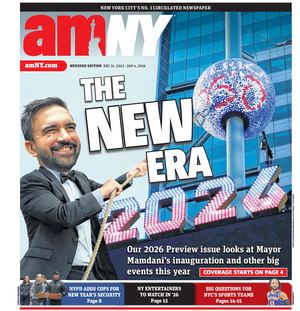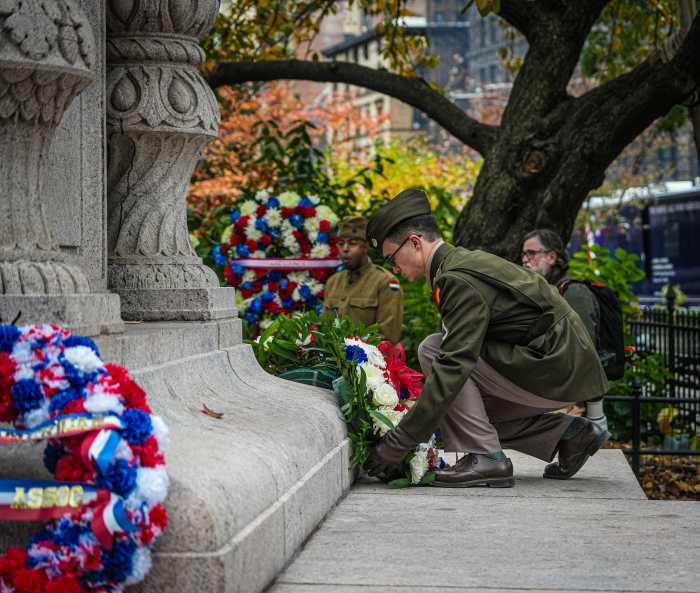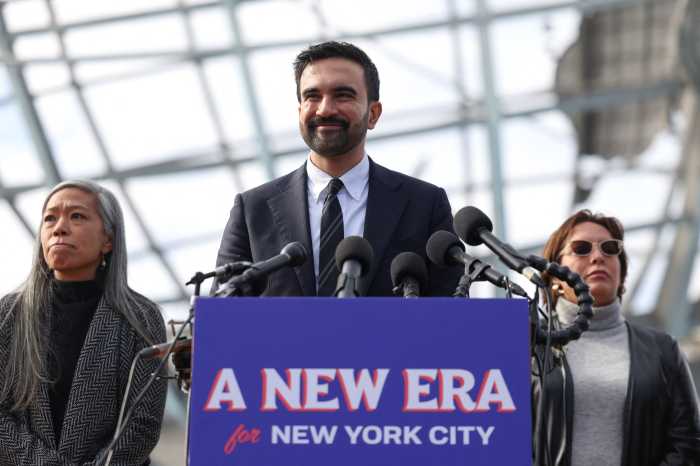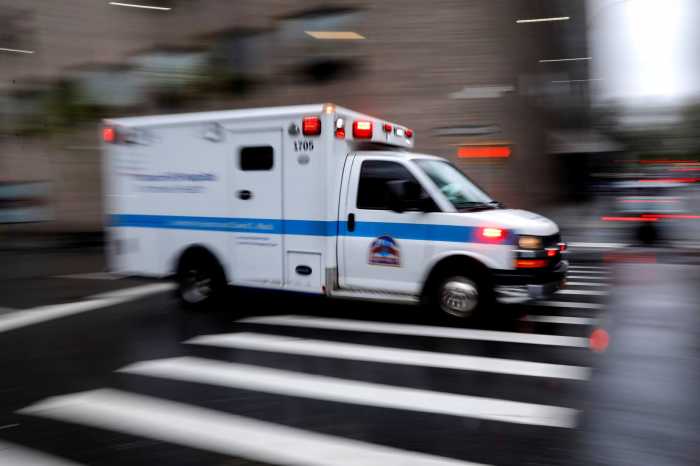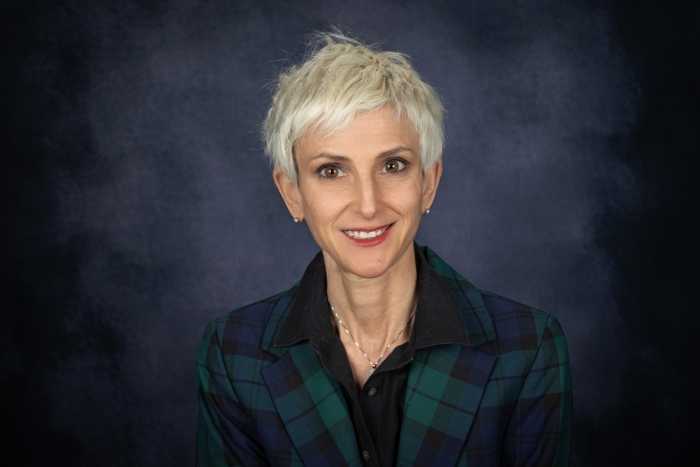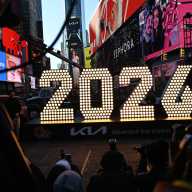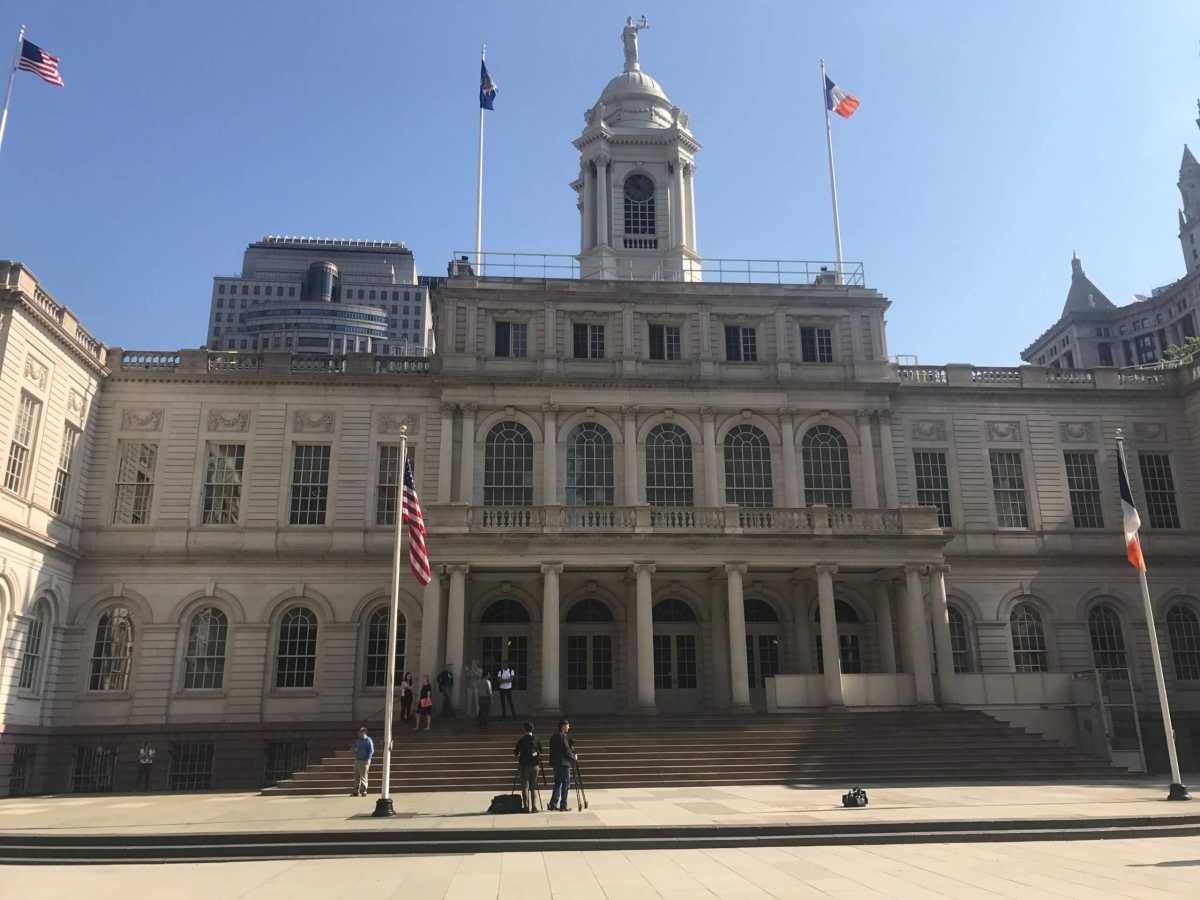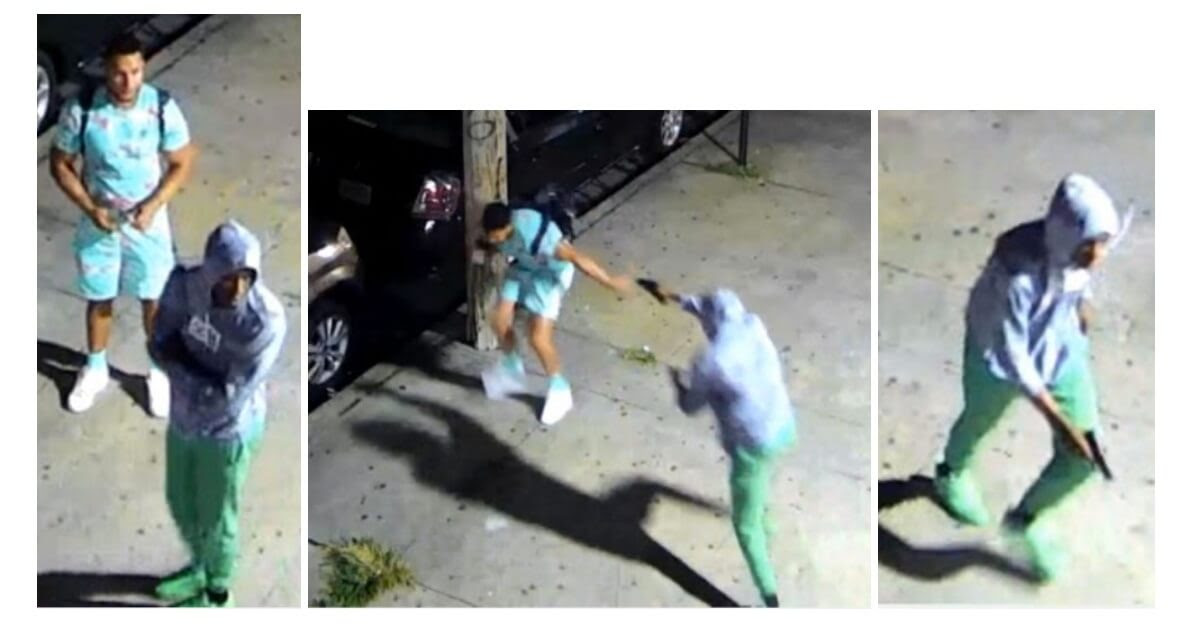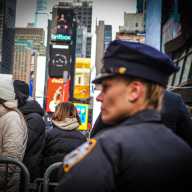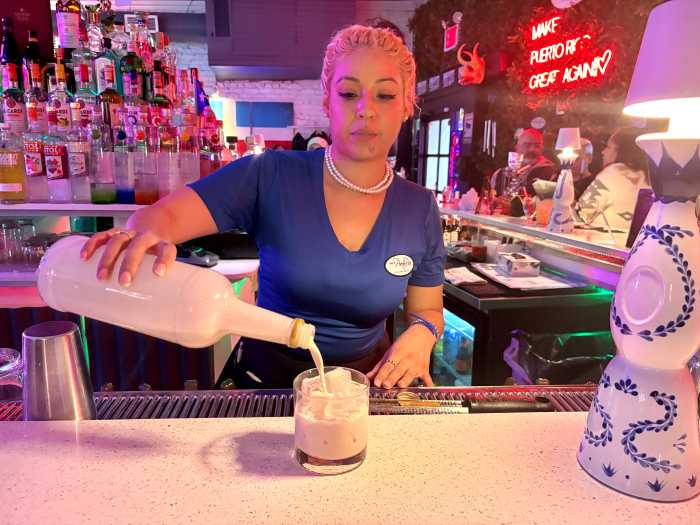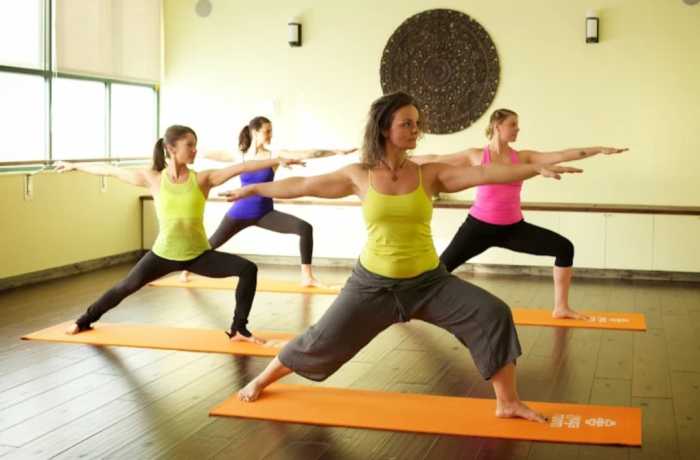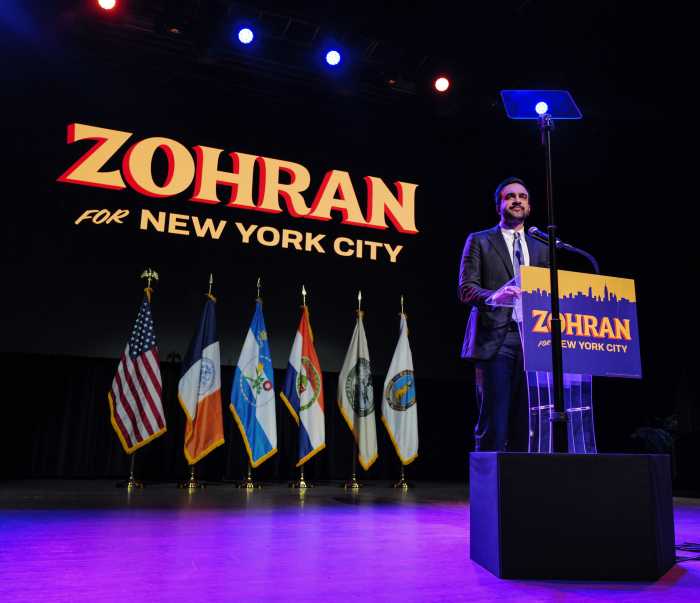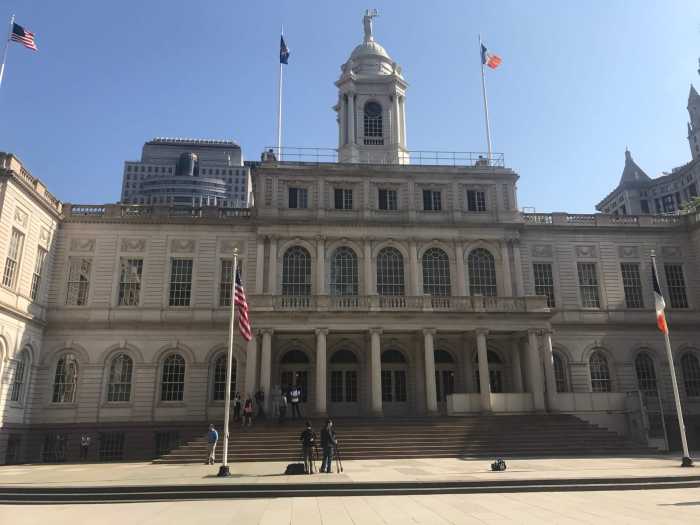A new report by Councilmember Eva Moskowitz confirms that Downtown Manhattan is the noisiest place in the city in terms of loud bars, nightclubs and other liquor-licensed premises. Moskowitz, a candidate for Manhattan borough president, collected data from 311, the city’s complaint hotline, and the information shows that most of the noise complaints about nightlife businesses are in Manhattan, below 14th St. A top-10 list of noisiest bars finds eight of them located south of 14th St.
These numbers should come as no surprise to Downtown residents, who are well aware of the decibel levels emanating from certain local nightspots. While Moskowitz says most bar operators are good neighbors, there are those that violate the noise code and should be punished, having their licenses revoked, if necessary.
As to why this situation has been allowed to exist, Moskowitz points the finger at lack of interagency coordination on noise between police, the Department of Environmental Protection and the State Liquor Authority and the lack of a central agency handling noise issues.
But the larger problem, Moskowitz says, is the S.L.A. The councilmember is calling for home rule, meaning that a City Liquor Authority would be empowered to handle applications, renewals and revocations of city liquor licenses. If this can’t be brought about, then, at least, two of the S.L.A.’s three commissioners must live in the city, the councilmember recommends. Also, the authority has only seven inspectors in the city and Westchester, which, Moskowitz notes, is not nearly enough.
Moskowitz hits the nail on the head when she notes that the S.L.A. disregards the local community boards’ recommendations on liquor license applications — and that, essentially, the authority isn’t concerned about noise, but about increasing tax revenue for the state.
Critics of her report, such as the New York Nightlife Association, charge that basing it on 311 calls is inherently flawed, since 311 calls are anonymous, so one person can repeatedly call and make complaints against a business, but the record doesn’t indicate this.
Yet, while detractors might fault Moskowitz’s methodology and deride “bogus” 311 calls, as NYNA’s Web site calls them, her report is certainly on target in terms of highlighting the causes of the noise problem — namely, as she puts it, that the S.L.A. “never met a liquor license it didn’t like.”
Downtown has the most noise complaints about bars, of course, because this is where the most bars in the city are located.
The blame for why our neighborhoods have become oversaturated with bars falls squarely on the shoulders of the S.L.A. That part of Moskowitz’s report can’t be refuted. We’re glad she compiled this 311 data and, in a sense, has told us what we already knew.
Moskowitz’s suggested reforms — a C.L.A., more inspectors, improved interagency coordination — are good ones, and ones we would support. Whether they can be enacted is another question. But it’s clear that something has got to change.
